Help the locals (frogs and salamanders) cross the road this spring
Help the locals (frogs and salamanders) navigate traffic during their annual spring migration
On warm, rainy evenings in the early spring, something magical – and a bit harrowing – happens to the woodland creatures in the lands around us: they take a fated trek risking their lives to sustain their species during "The Big Night."
Salamanders and wood frogs have been hibernating all winter long and during "The Big Night," they emerge in large numbers to migrate to nearby woodland pools to begin their seasonal breeding. But sometimes getting to those woodland pools can be the utmost challenge to these creatures, especially with an uptick in local traffic and development that has resulted in habitat loss and degradation.
That’s why, throughout the Hudson Valley, community volunteers are getting out their flashlights, reflective safety vests, and raingear in anticipation of annual amphibian breeding migrations, which typically begin in March, the New York State Department of Environmental Conservation (DEC). Volunteers will document the migration and help salamanders and frogs as part of DEC's annual Amphibian Migrations and Road Crossings Project. state Department of Environmental Conservation, in conjunction with several local organizations, has been training volunteers as part of The Amphibian Migrations & Road Crossings Project to help scoot and keep track of these amphibians as they cross the road.
"The Hudson Valley is home to remarkable amphibian diversity and during this time of year, road mortality poses a significant threat to salamanders and frogs migrating from forests to vernal pools for breeding," said DEC Commissioner Basil Seggos. "DEC is grateful to the dedicated volunteers ready to assist amphibians attempting road crossings during their annual migrations. I encourage all New Yorkers and visitors traveling the state's roads to be on the lookout for these vulnerable amphibians and the dedicated volunteers keeping them safe."
Here are some tips to prepare for The Big Night:
Watch for the right weather: Thawed ground, temperatures above 40-degrees Fahrenheit with heavy rains after sunset
Learn to ID the Hudson Valley’s common amphibian species: Spotted salamanders, Jefferson-blue spotted salamander complex, marbled salamander, and wood frog. Here’s a fact sheet: LINK
After you’ve recorded an amphibian on the data form, gently pick it up and move it across the road in the same direction it was traveling. For fast-moving frogs and toads, keep watch or follow them to safety. Before handling any amphibians, make sure your hands are clean and free of soap, lotion, perfume, insect repellent, or any other chemicals that can be absorbed through the animals’ skin. Cup the animals gently but firmly in both hands so they’re not accidentally dropped. Do not pick them up by their tails! If you use a bucket or container to help move the animals to safety, make sure it’s clean and free of any chemical residues.
Volunteers should wear reflective safety vests and headlamps to increase their visibility on dark roads, and should not interfere with passing vehicles.
You are responsible for your own safety: Stay alert and do not interfere with drivers or traffic, and dress for cold, rainy weather. Useful items to bring include: digital camera, compass, thermometer, watch, field guide, spatula, clipboard with plastic covering, extra data forms (use one for each location), pencils, and copies of the “Amphibian Migrations” fact sheet in case you encounter curious residents or passersby.
Amphibian safety is also important, and frogs and salamanders should only be handled with clean hands free of hand sanitizer, lotion, and other substances that can be toxic to amphibians' skin.
Also note: Snowmelt and local conditions may induce several smaller migrations instead of one "Big Night."
Get alerts when The Big Night is happening from the DEC + online training materials, here: https://www.dec.ny.gov/lands/51925.html
Note: NYS law prohibits the collection and possession of amphibians without a NYSDEC permit. The NYSDEC does not interpret the momentary assistance or incidental movement to help an amphibian avoid injury or death as collection or possession, provided it is immediately released and placed back into its environment.
Update for March 27, 2023:
Yesterday and today's warm temperatures are setting the stage for additional migration tonight, if the rain arrives and continues past sunset. (Have you noticed? There's always a lot of "if" and "wait and see" to the art of predicting migration!) Since the males usually arrive earliest to the breeding pools, we might see more females on the move tonight. In subsequent migration nights, we may start to see individuals returning to their forest habitat.
Reminder! Volunteer guidance, ID guides, and other resources are available on the AM&RC web page
“Amphibians contribute to a healthy, functioning ecosystem and during this time of year, road mortality poses a significant threat to forest species that migrate to woodland pools for breeding.”






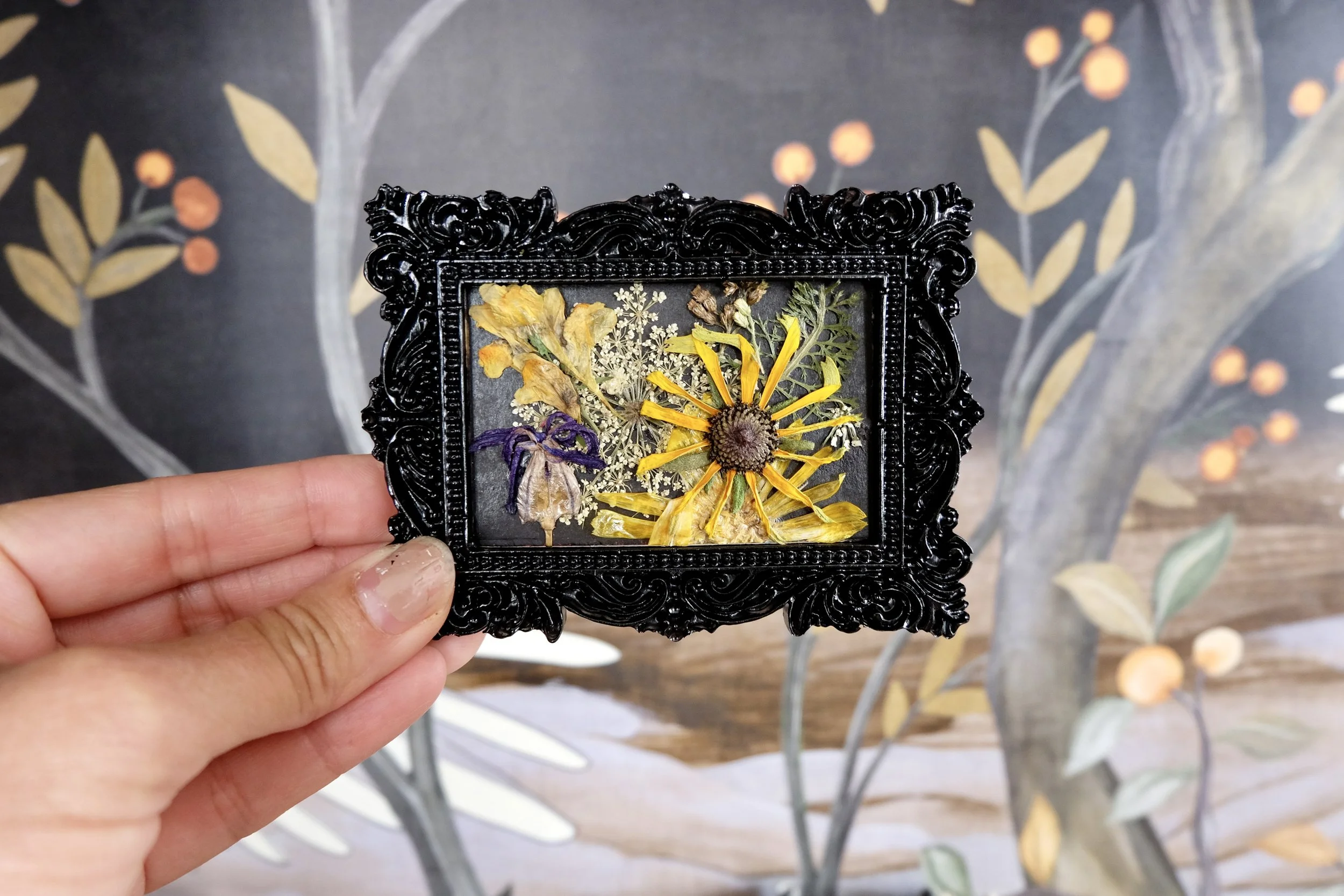





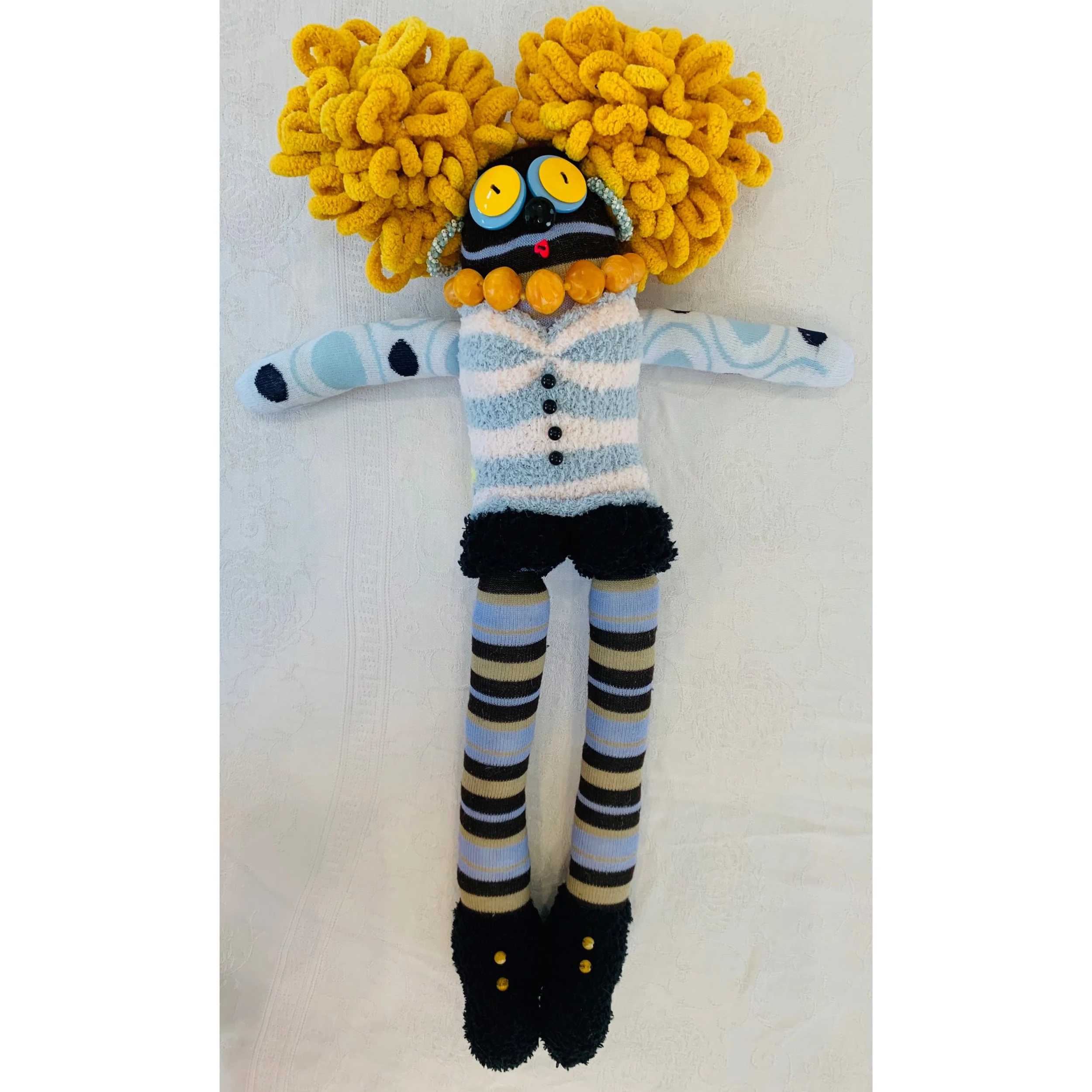
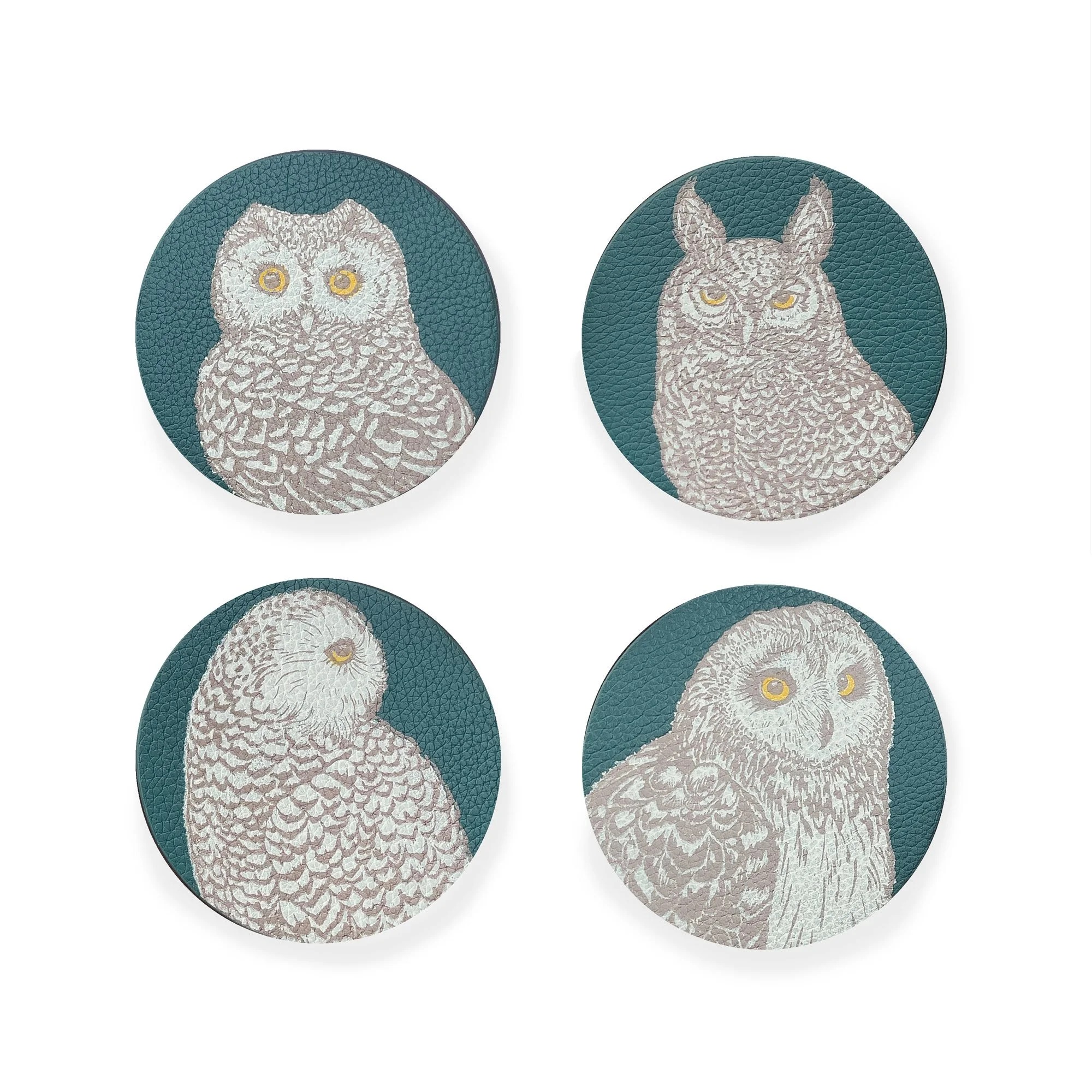

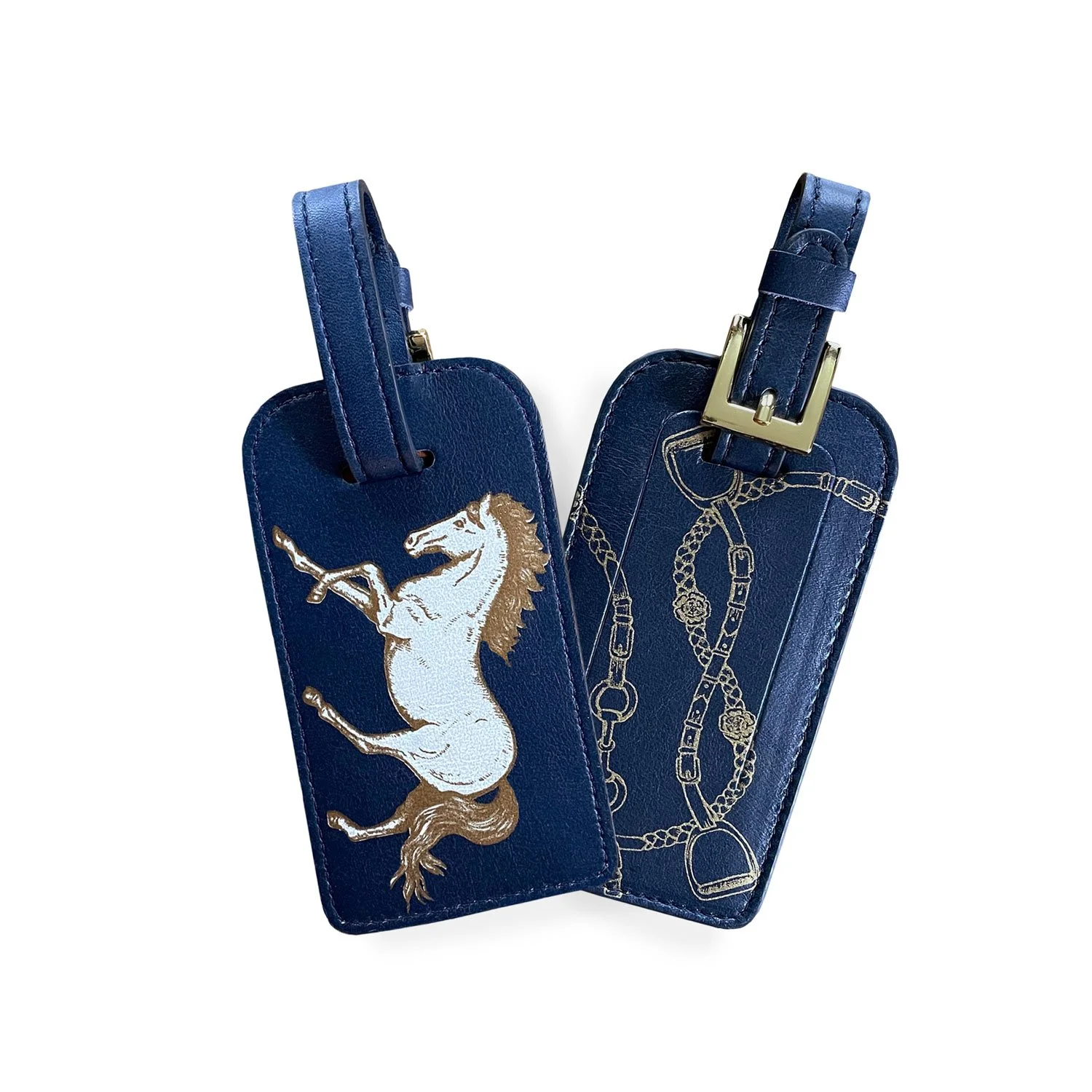
















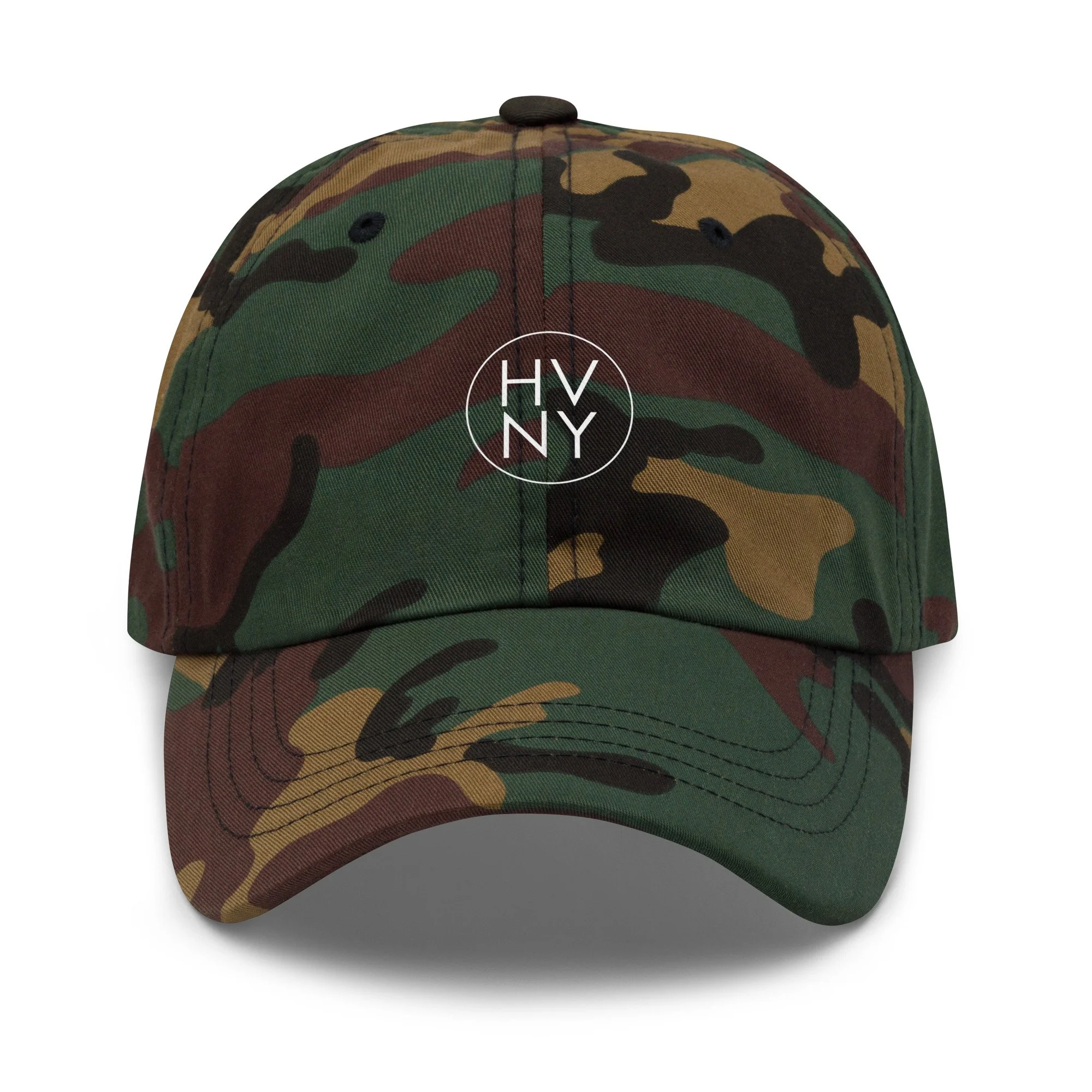


Add an event to the HVNY calendar at hvny.info/share-your-event